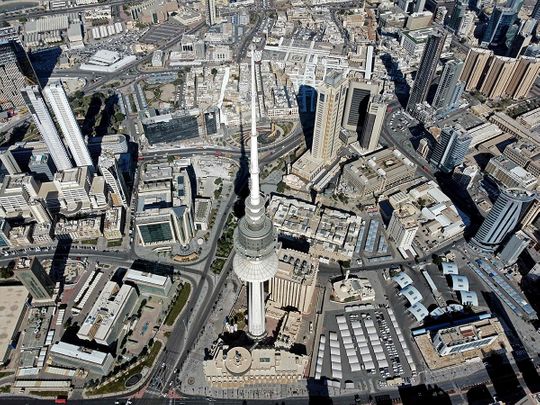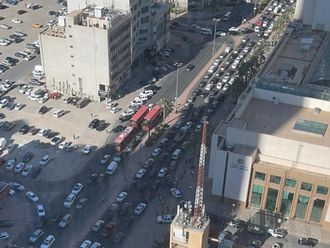
Cairo: High rents in Kuwait are taking a toll on low-income foreign workers in Kuwait where house rent makes up around 30 per cent of the overall income on average, according to a Kuwaiti newspaper.
Some 62 per cent of migrant workers in the country earn less than KD125 per month while 33 per cent receive salaries ranging from KD325 to 400, Al Anba reported, citing official figures.
Such being the case, limited-income earners among expatriates, mainly singles, shift sights to cheap housing, opting for small spaces where sometimes up to five persons share a room and the rent.
Other thousands are living inside partitioned spaces at apartments in different parts of Kuwait, the report quoted real-estate dealers as saying.
Apartments composed of two or three rooms and a hall are rented on the partitioning system, providing high profits for the lessors and inexpensive housing for a large category of expatriates.
The rent value depends on the area where the apartments are located and the partitioned space, they added.
A housing partition is a space ranging from 4 to 10 square metres defined by temporary barriers inside an apartment where one or two persons at most live, the report explained.
Many Asian families share apartments divided by temporary partitions in an attempt to cut the rent cost, an unnamed real-estate source said.
Foreigners make up around 3.2 million of Kuwait’s overall population of 4.6 million, according to a recent Kuwaiti census.
Expatriates in Kuwait mostly reside in the area of Salmya which houses 2,911 apartment buildings followed by the coastal city of Hawally with 1,811 buildings and Jleeb Al Shuyoukh with 1,181, according to the Kuwaiti Real Estate Union.
There have recently been increasing calls in Kuwait to curb foreigners’ employment along with accusations that migrant workers have strained the country’s infrastructure facilities amid economic repercussions from the COVID-19 pandemic.






